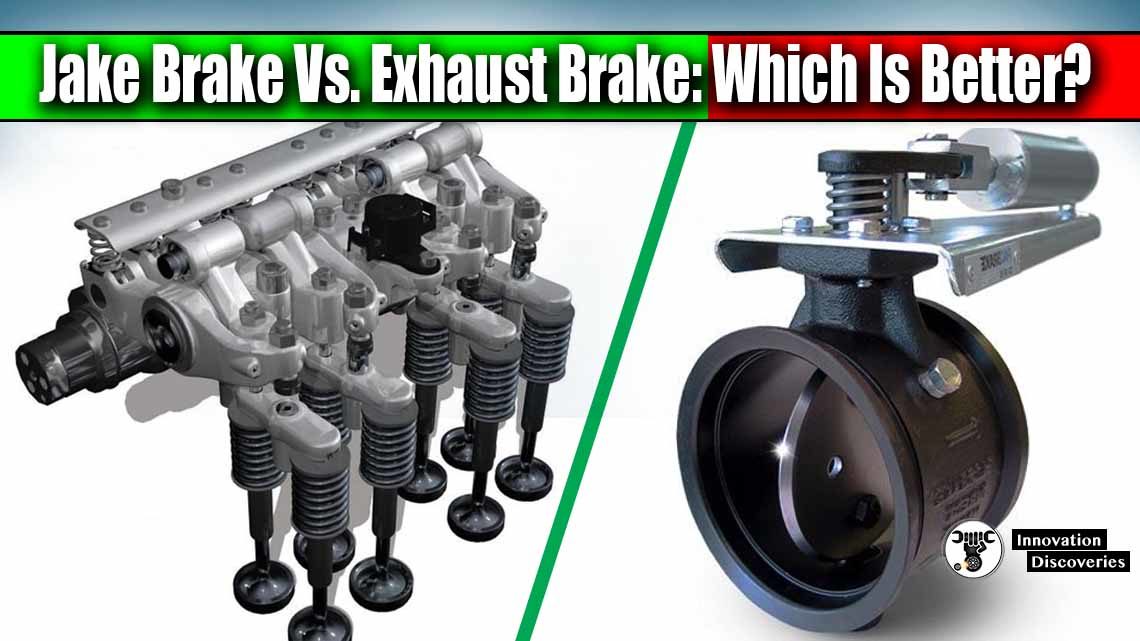
Introduction
As vehicles continue to evolve, so do the technologies that enhance their performance and safety. When it comes to controlling a vehicle’s speed and providing additional braking power, two prominent contenders are the Engine Brake (commonly known as the Jake Brake) and the Exhaust Brake.
Both systems are designed to assist in reducing the workload on the traditional friction brakes, but they function differently and offer distinct advantages.
In this article, we will delve into the features, benefits, and drawbacks of each system to help you understand which one might be better suited for your specific driving needs.
The Jake Brake (Engine Brake)
The Jake Brake is an engine braking system used in diesel-powered vehicles. It is named after the Jacobs Vehicle Systems company that popularized its development.
The Jake Brake operates by using the engine’s compression to slow down the vehicle, converting the engine into a power-absorbing air compressor.
This process occurs during the compression stroke when the exhaust valves open, releasing compressed air from the cylinders.
Also, read – The Importance of Measuring Brake Pad Thickness
Advantages of the Jake Brake
1. Braking Power:
One of the primary advantages of the Jake Brake is its exceptional braking force. This system is particularly effective when driving downhill or carrying heavy loads, offering reliable control and enhanced safety.
2. Engine-Assisted Braking:
The Jake Brake reduces reliance on the traditional friction brakes, resulting in reduced wear and tear on these components. As a result, maintenance costs are lowered, and the lifespan of the service brakes can be extended.
3. Integrated Design:
In many diesel engines, the Jake Brake is often already integrated into the design, which means no additional components need to be added.
Read More: Car Alternator Functions and Symptoms of Failure
Disadvantages of the Jake Brake
1. Noise:
A major concern with the Jake Brake is its noise level. When activated, it produces a distinct and loud exhaust noise, which can be bothersome, especially in noise-sensitive areas.
2. Low RPM Limitations:
The effectiveness of the Jake Brake may diminish at lower engine RPM levels, limiting its optimal performance in certain driving situations.
The Exhaust Brake
The Exhaust Brake, also known as an engine retarder, is an alternative system that provides additional braking power by restricting the flow of exhaust gases.
This restriction creates backpressure in the exhaust system, which assists in slowing down the vehicle.
Advantages of the Exhaust Brake:
1. Quieter Operation:
The Exhaust Brake generates less noise compared to the Jake Brake, making it a more suitable option in noise-restricted zones or areas where noise pollution is a concern.
2. Lower RPM Effectiveness:
Unlike the Jake Brake, the Exhaust Brake remains effective even at lower engine RPMs, allowing for better braking assistance in various driving conditions.
Disadvantages of the Exhaust Brake:
1. Limited Braking Force:
While the Exhaust Brake provides some additional braking power, it might not match the strength of the Jake Brake, especially in heavy-duty applications.
2. Additional Components:
Depending on the vehicle, installing an Exhaust Brake may require adding extra components to the exhaust system.
Which is Better for You?
Determining which brake system is better depends on the specific needs and requirements of your vehicle and the driving conditions you encounter.
If you own a heavy-duty commercial vehicle regularly navigating steep terrains or carrying substantial loads, the Jake Brake’s robust braking power and engine-assisted braking feature make it an appealing choice.
However, be mindful of the noise factor, especially if you frequently traverse noise-sensitive areas. For vehicles operating in a quieter environment or those that require braking assistance at lower RPMs, the Exhaust Brake might be a more suitable option.
While it may not deliver the same level of braking force as the Jake Brake, it remains an effective solution in various driving scenarios.
Conclusion
Both the Jake Brake and the Exhaust Brake offer valuable benefits to drivers seeking enhanced braking efficiency and reduced wear on traditional brakes. The decision of which system to choose ultimately depends on your specific vehicle’s application, driving conditions, and your preference for noise levels.
By understanding the strengths and weaknesses of each system, you can make an informed decision and equip your vehicle with the brake technology that best complements your driving requirements, ensuring safer and more efficient journeys on the road.
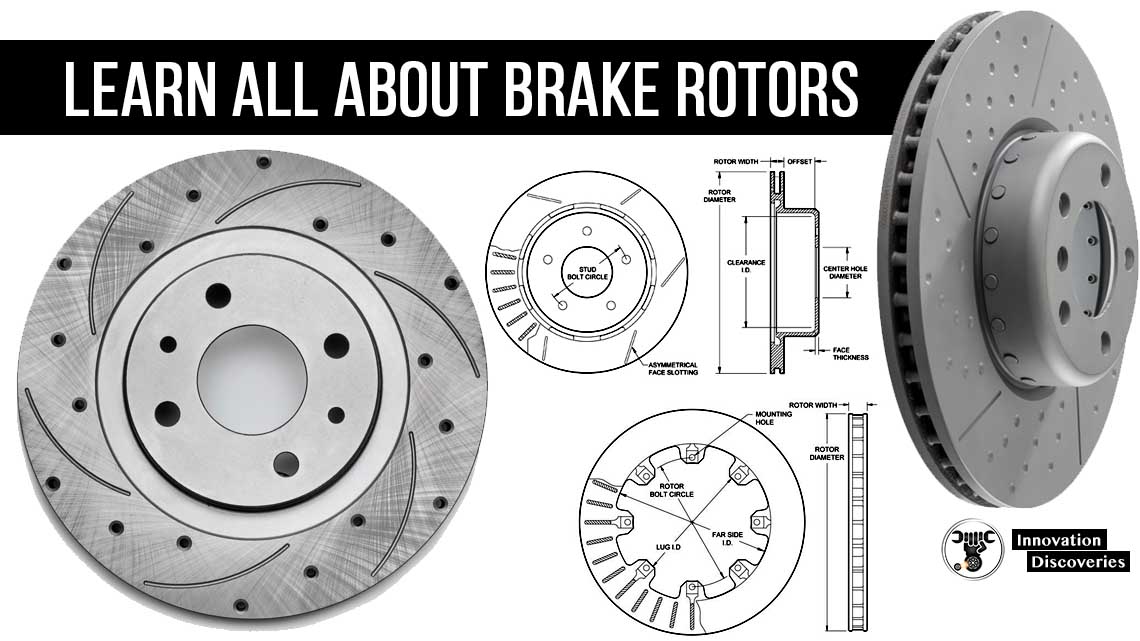
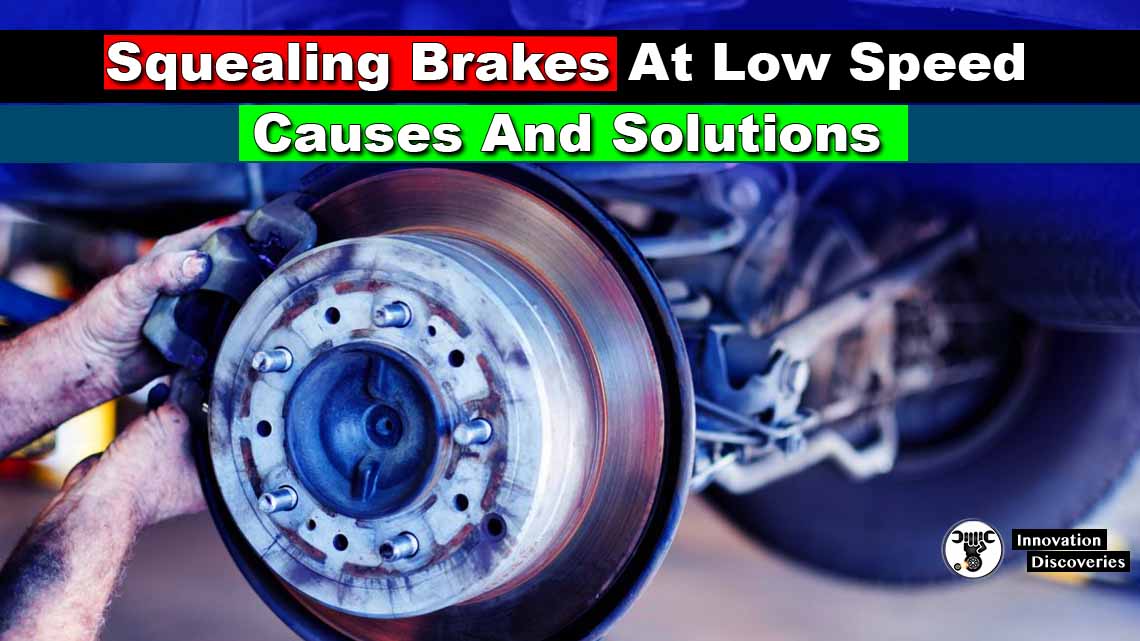
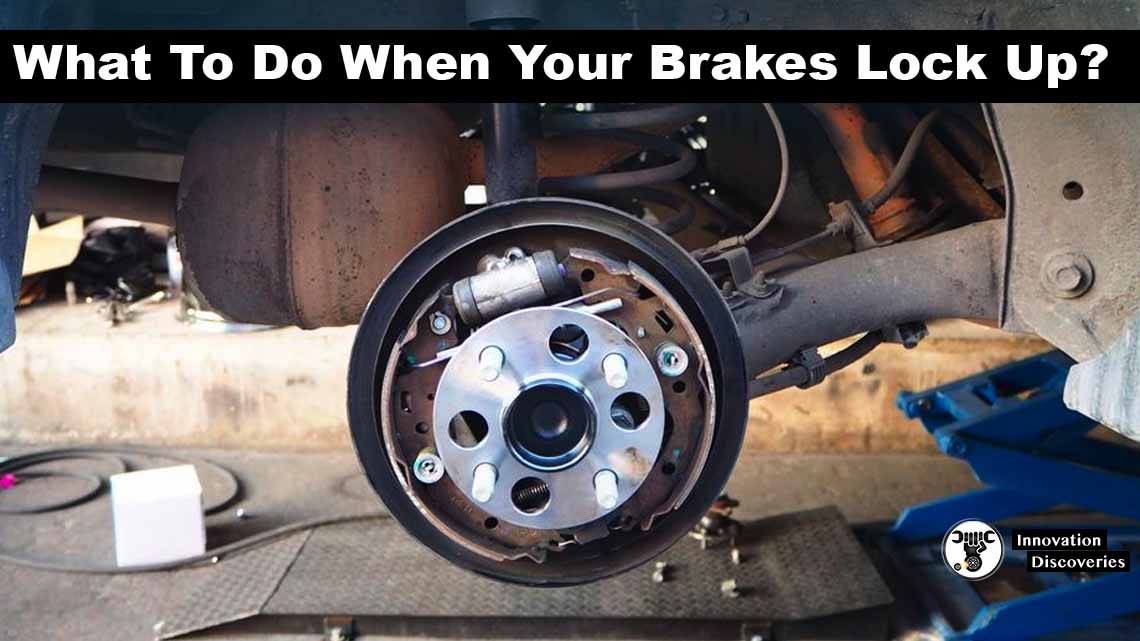
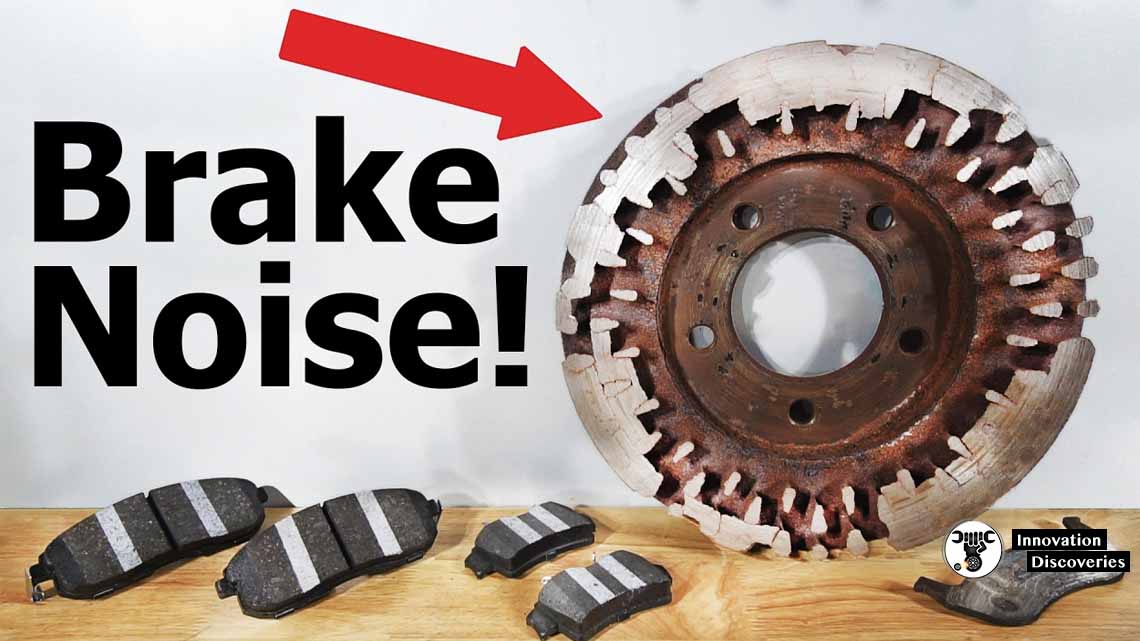
More About Braking Systems
- Top 5 Causes of Steering Wheel Shakes at Low and High Speeds
- HOW HYDRAULIC BRAKE WORKS?
- AIR BRAKE SYSTEM: COMPONENTS, WORKING PRINCIPLE, AND APPLICATIONS
- HOW DOES REGENERATIVE BRAKING WORK?
- 8 REASONS YOUR CAR IS MAKING GRINDING NOISE WHEN BRAKING
- Regenerative Braking System
- JAKE BRAKE VS. EXHAUST BRAKE: WHICH IS BETTER?
- SQUEALING BRAKES AT LOW SPEED: CAUSES AND SOLUTIONS
- TROUBLESHOOTING A HARD BRAKE PEDAL
- CONVERT DRUM BRAKES TO DISC BRAKES IN 3 STEPS!
- CAUSES OF THE BRAKE WARNING LIGHT COMING ON
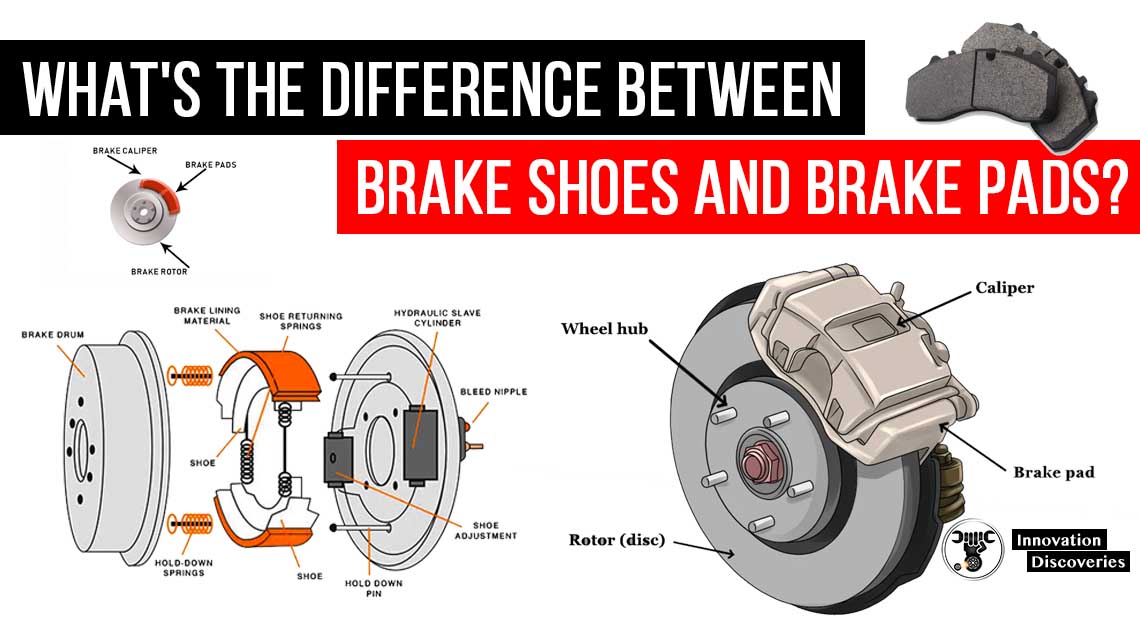
Visit Forum
Visit Our Friendly Website


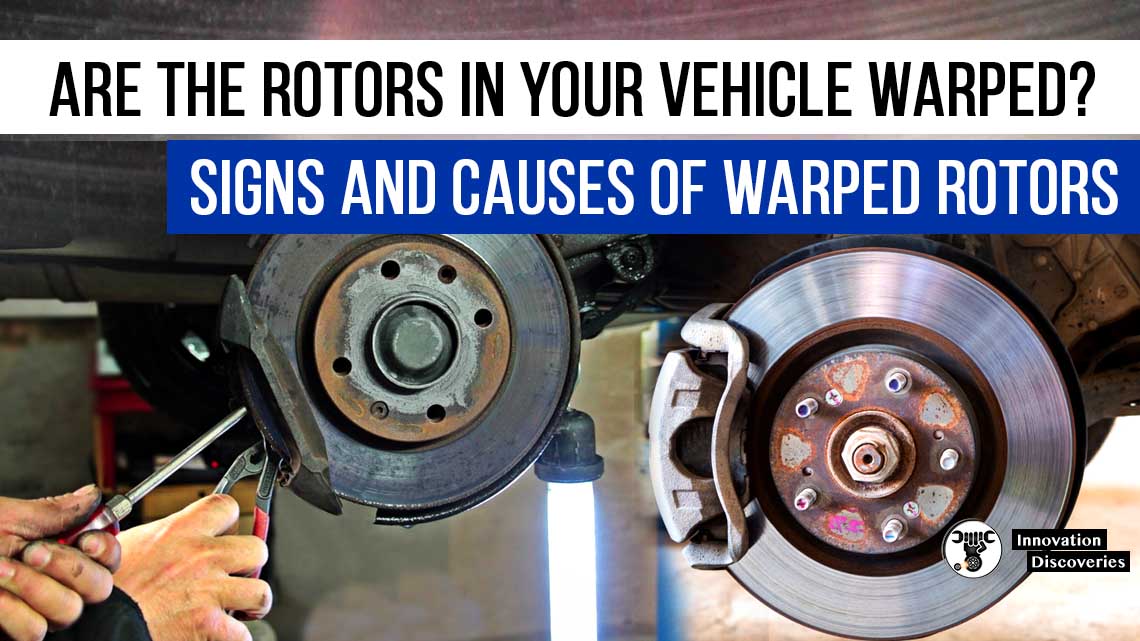
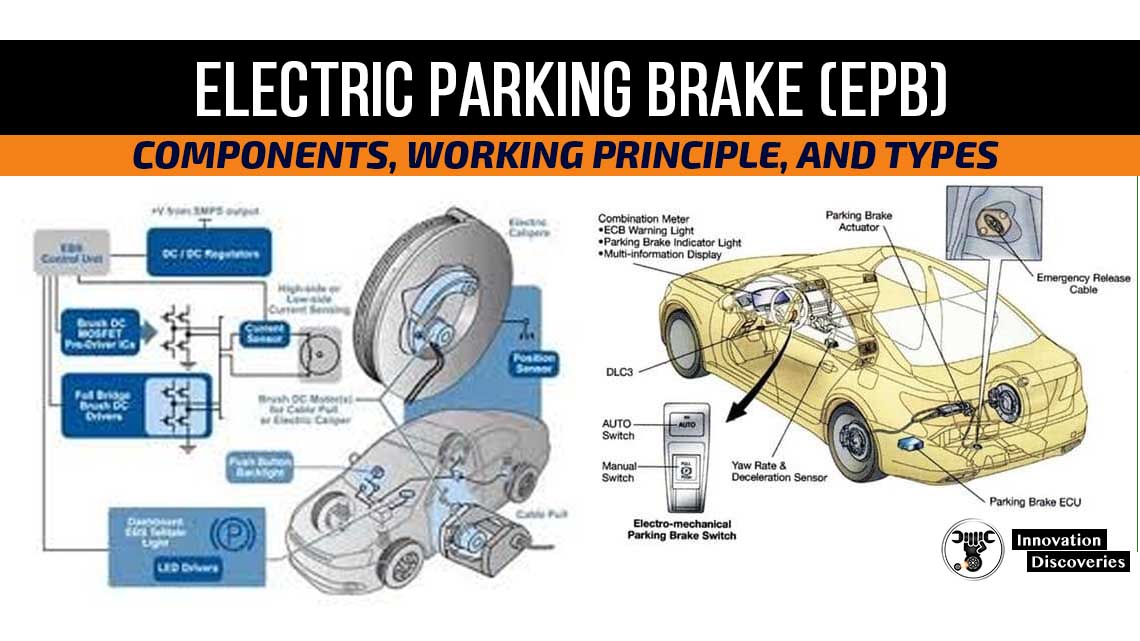
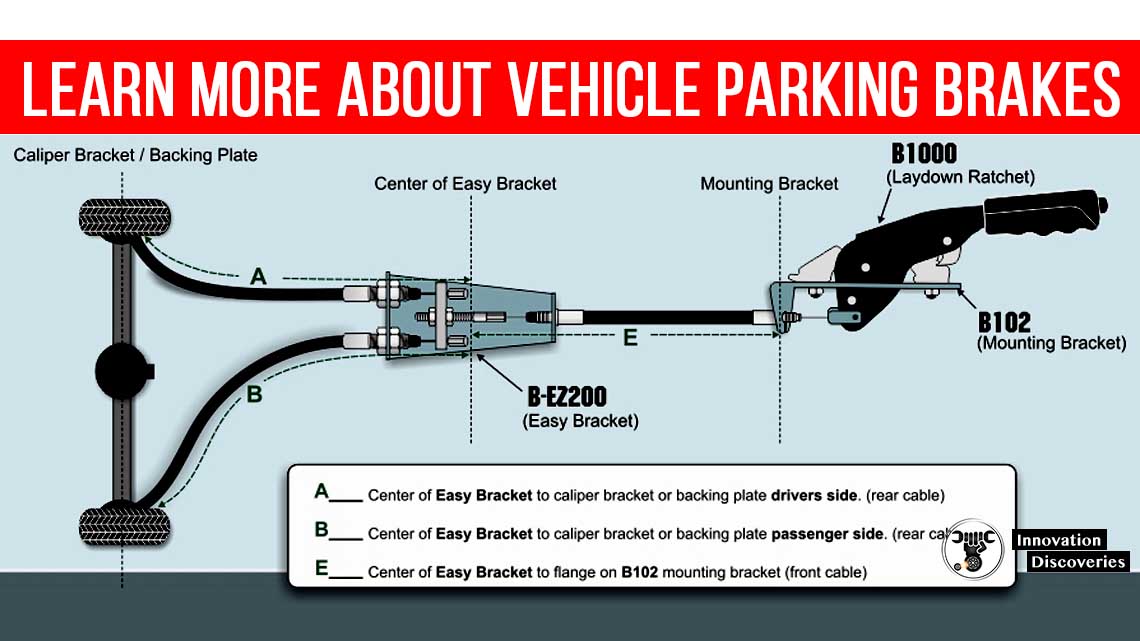
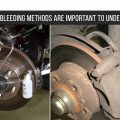
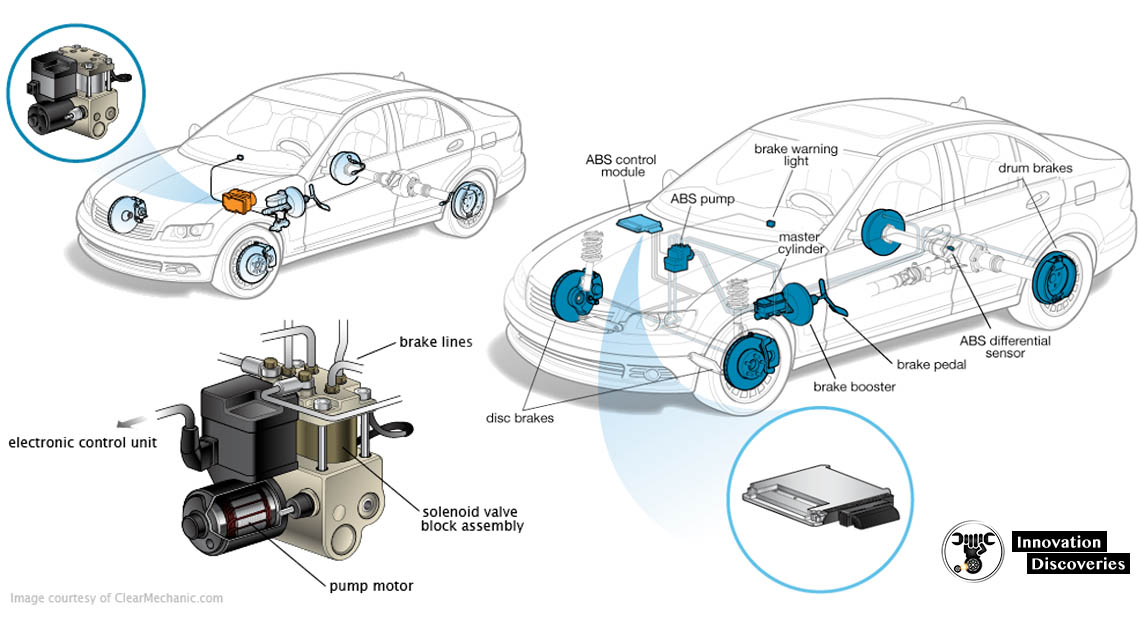
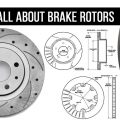

4 Comments